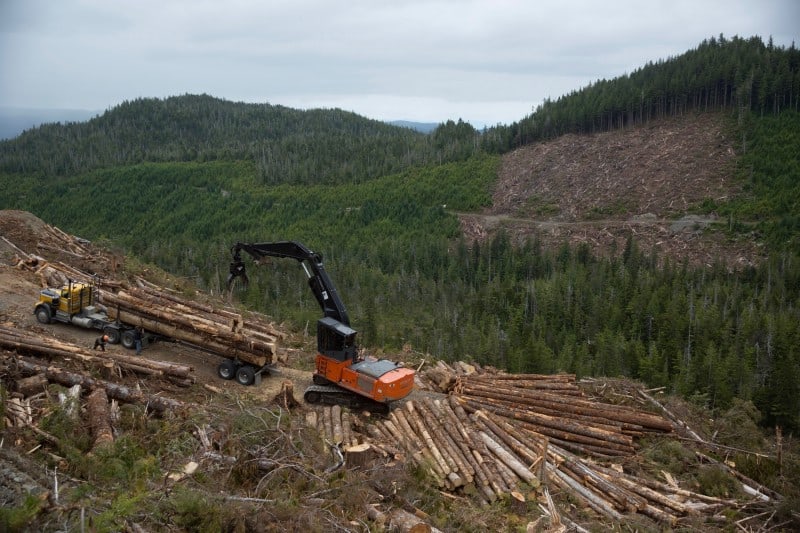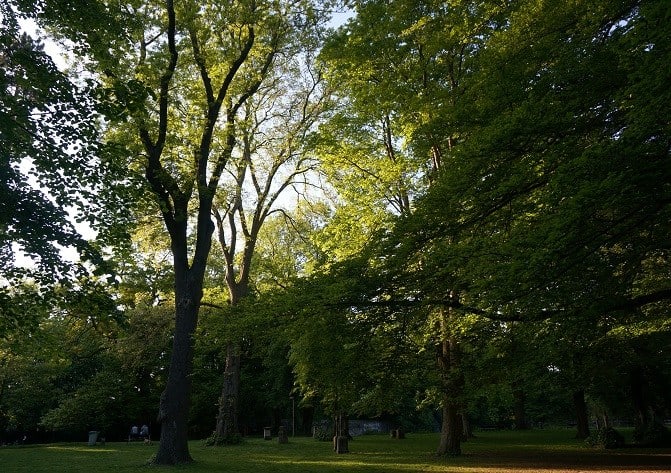
Thanks to longtime blog commenter and contributor, David Beebe, for posting information about this release from PEER (Public Employees for Environmental Responsibility) in this comment at a previous post. – mk
Washington, DC — Recent timber sales from Alaska’s vast Tongass National Forest have been financial as well as ecological debacles, according to internal reports released today by Public Employees for Environmental Responsibility (PEER). In violation of its own policies, the U.S. Forest Service let timber operators benefit by cherry-picking more valuable trees and leaving intended salvage trees standing.
A June 20, 2016 Forest Service “Washington Office Activity Review” examined two large Tongass timber sales and found –
• Staggering monetary losses in each, “close to 2 million” in one sale, an amount “more than double the original stumpage” according to a post-harvest Monitoring Report. In the other sale, Forest Service maladministration led to “a reduction in sale value exceeding $1,700,000”;
• Despite being stewardship sales to improve forest health, the agency allowed companies to ignore prescriptions by “favoring removal in the larger diameter, more valuable species groups, such as western red cedar and spruce” while significantly undercutting far less valuable hemlock; and
• Required law enforcement timber theft prevention inspections appear to have been bypassed. Nor could the forest produce a written contract or other “pertinent documentation” for this high-volume sale. That sale also allowed “purchaser selection of trees without prior marking” and the forest’s only follow-on monitoring was completely “reliant on the purchaser’s own data.”
“This national forest runs major commercial timber sales like a cookie jar without a lid,” stated PEER Executive Director Jeff Ruch, noting that the review’s call for “an independent review [to] inform solutions and prevent similar issues in future timber and stewardship contracts” has run into a stone wall. “These reports read as if some Forest Service staff are coconspirators in wholescale timber fraud.”
Under the Secure Rural Schools program, a portion of all Tongass timber sale proceeds go to local communities and schools. Depressed sale values therefore cost both the U.S. taxpayers and Alaskan schoolkids. PEER is asking the Inspector General for the U.S. Forest Service’s parent agency to perform a “forensic audit” of recent sale proceeds to calculate total losses, as well as recommend steps to ensure that these sales yield the fair market value they are supposed to produce.
These were also stewardship sales using harvests to reach prescribed tree species cut criteria but they lacked any “defined process for independently confirming whether the criteria are being met. This obfuscates the acceptability of the end result.” Another issue the review identified was temporary timber roads improperly left open “for several years following commercial activity.”
“As a businessman, President Trump would presumably not write a sales contract so open-ended that it is tantamount to a license to steal,” added Ruch, pointing out that during the campaign, candidate Trump promised to increase timber jobs, presumably by directing more and larger timber sales from national forests. “We are asking the Senate to extract pledges from the upcoming nominees for the Chief of the Forest Service and the Agriculture Undersecretary for Natural Resources & Environment to ensure that all future timber sales protect both the forest resources and the taxpayer’s pocketbook.”
###
Read the Forest Service Timber Sale Review
View Post Harvest Monitoring report
See PEER call for forensic audit
Look at PEER letter to U.S. Senate
Look at long history of commercial timber theft on the Tongass


